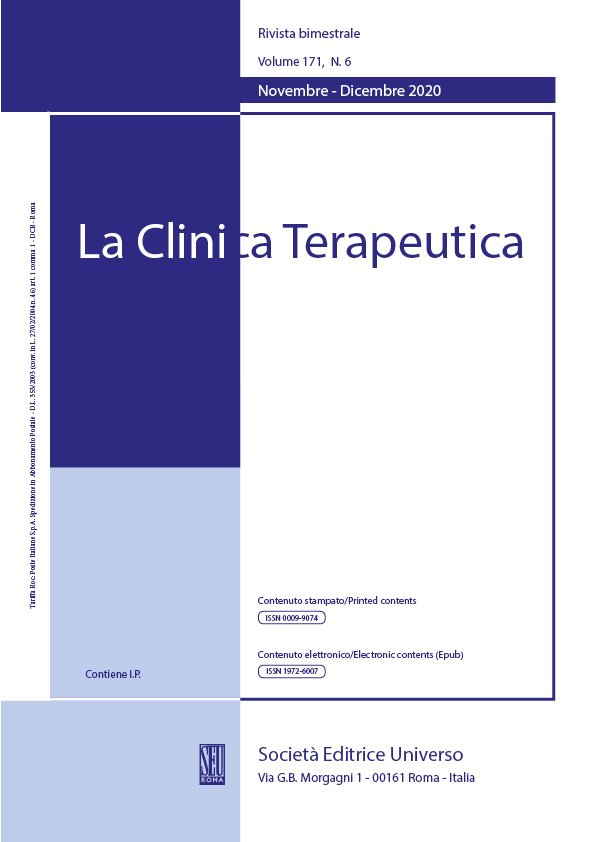Abstract
Introduction
Salivary glands lithiasis (Sialolithiasis) is defined as calcified concretions in the salivary glands. Most common localization is in submandibular gland. Usually, submandibular stones are mainly located in Wharton’s duct, whereas parotid stones are more often located in the gland parenchyma. Sialoliths are usually 5–10 mm in size, and stones more than 10 mm are unusual sizes. Exact etiology of sialolith formation is still unknown.
Case Report
We discuss a case of a 70-year-old patient, presenting painful swelling and a giant submandibular gland sialolith successfully treated with open surgery.
Conclusions
A careful anamnesis and physical examination of the patient are important in the diagnosis of sialolithiasis. In addition, several imaging techniques, such as panoramic X-rays and Ultrasound, can be applied. The management can be both medical and surgical.
